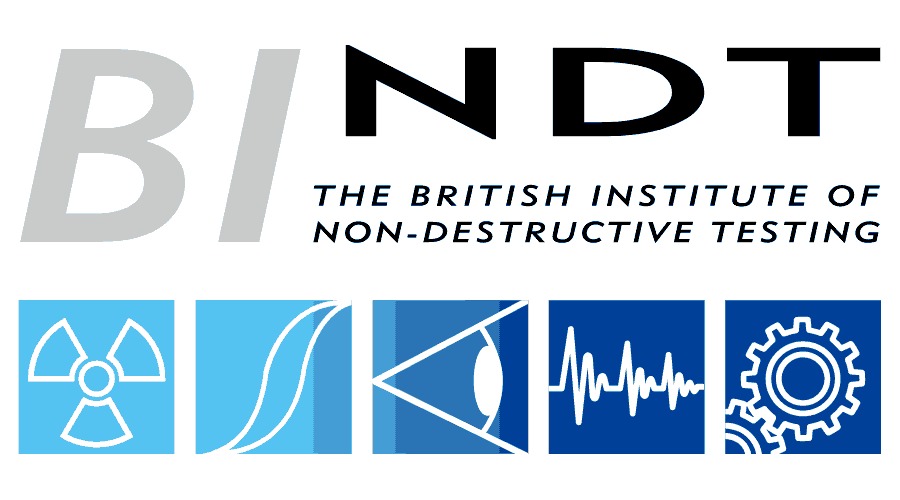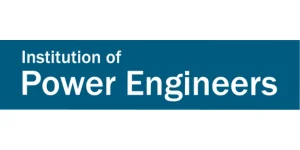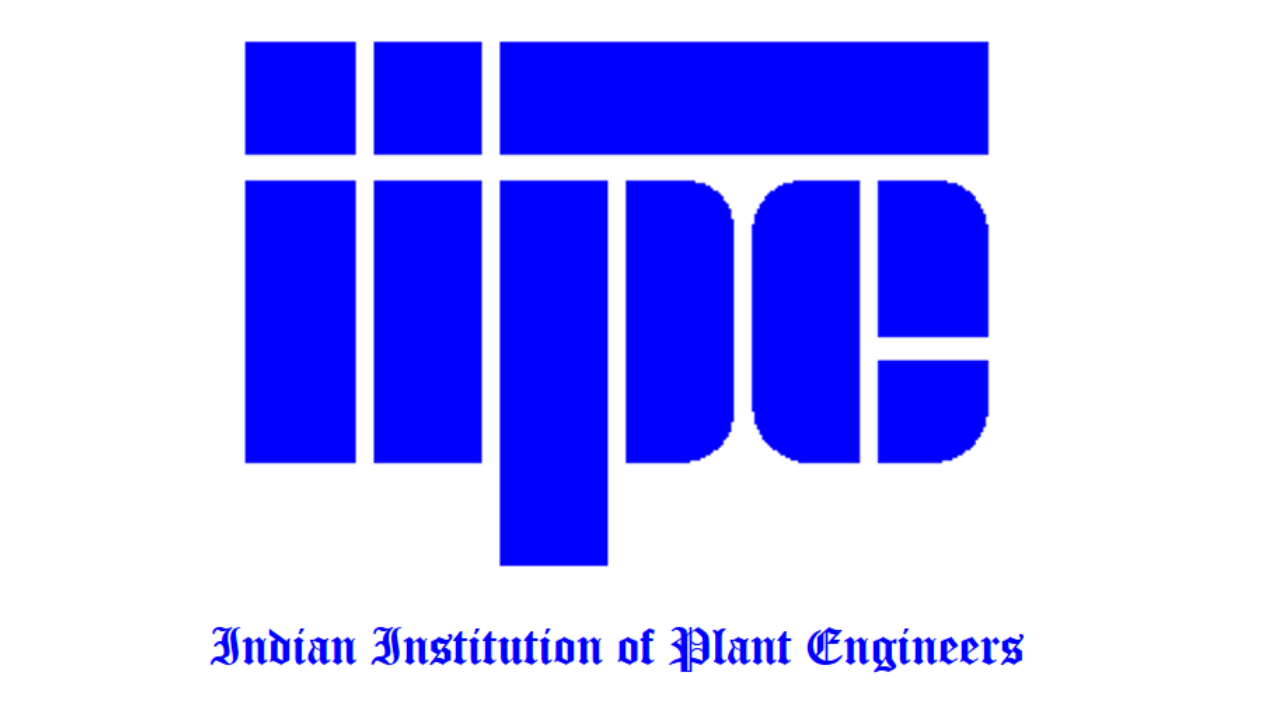Static equipment forms the backbone of industrial operations across refineries, petrochemical plants, power stations and desalination facilities in Saudi Arabia and the wider GCC region. Pressure vessels, heat exchangers, storage tanks and reactors operate under extreme conditions, making their inspection and safety compliance a critical factor in ensuring operational continuity and hazard mitigation.
Regulatory Framework & Compliance
In the GCC, regulatory bodies such as the Saudi Standards, Metrology and Quality Organization (SASO) and Abu Dhabi Department of Energy (DoE) enforce stringent inspection protocols aligned with international standards like API 510, ASME Section VIII, and ISO 17020. Compliance with these frameworks ensures that static equipment meets operational integrity requirements, reducing risks associated with corrosion, fatigue failure and mechanical stress.
Inspection Techniques for Static Equipment
-
Non-Destructive Testing (NDT) – Techniques like ultrasonic testing (UT), radiographic testing (RT) and magnetic particle inspection (MPI) are used to detect internal and surface defects without compromising equipment integrity.
-
Acoustic Emission Monitoring – This real-time monitoring technique helps detect active defects in pressure vessels and storage tanks by analyzing stress-induced acoustic waves.
-
Thermographic Inspection – Infrared imaging identifies temperature anomalies, crucial for detecting insulation breakdowns and thermal stress in heat exchangers.
-
Phased Array Ultrasonics (PAUT) – A high-resolution alternative to traditional UT, PAUT provides enhanced defect characterization in weld joints and structural components.
-
Risk-Based Inspection (RBI) – RBI methodologies assess the probability and consequences of failure, prioritizing inspection schedules based on operational risk factors.
Safety Considerations & Failure Prevention
Static equipment in industrial facilities is exposed to high pressures, extreme temperatures, and corrosive environments. Safety strategies focus on:
-
Corrosion Management – Implementing cathodic protection, chemical inhibitors, and coatings to mitigate material degradation.
-
Structural Integrity Assessments – Conducting finite element analysis (FEA) to evaluate stress distribution and potential failure points.
-
Emergency Pressure Relief Systems – Ensuring pressure safety valves (PSVs) and rupture disks function efficiently to prevent overpressure scenarios.
-
Leak Detection & Repair (LDAR) Programs – Using gas imaging cameras and sniffer probes to identify fugitive emissions from static equipment.

Future Trends in Static Equipment Inspection
-
Artificial Intelligence & Machine Learning (AI/ML) – AI-driven predictive analytics are transforming failure forecasting, minimizing downtime, and enhancing safety protocols.
-
Digital Twin Technology – Virtual simulations of static equipment enable real-time performance tracking and anomaly detection.
-
Drones & Robotics – Autonomous drones equipped with high-resolution cameras and ultrasonic sensors streamline remote inspections in hazardous environments.
The inspection and safety of static equipment in Saudi Arabia and the broader GCC region remain integral to industrial sustainability. With advancements in inspection technologies and evolving regulatory mandates, companies must adopt proactive maintenance strategies to prevent failures and optimize asset performance. Static Arabia continues to play a pivotal role in promoting safety excellence within the industry.
Lets collaborate and share more knowledge : Submit your abstract








